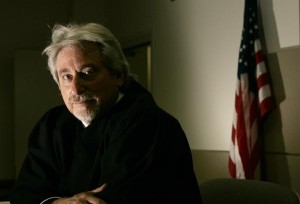As the nation watches racially heated events in Ferguson, Missouri unfold, the city of Los Angeles is going about disassembling what critics have called its “schools-to-prison” pipeline, ending policies that turned school issues into police issues. But the move is also a consequence of reduced juvenile court capacity, according to an official quoted in a New York Times article.
According to the NYT: “Michael Nash, the presiding judge of the Los Angeles Juvenile Courts, who was involved in creating the new policies, said that the juvenile justice system was overtaxed, and that the changes would ensure that the courts were dealing only with youngsters who ‘really pose the greatest risk to the community.'”
The NYT also reported that “… students 14 years old and under received more than 45 percent of the district’s 1,360 citations in 2013, according to the [Labor/Community] Strategy Center [a civil rights group] African-American students, who account for about 10 percent of the total population, received 39 percent of “disturbing the peace” citations, typically given for fights.” At one time, police in the program were issuing arrest citations for showing up late to school, a practice terminated in 2012.
